
50 years and yet – Molodist
Molodist Film Festival celebrates the 50th anniversary! Over the years, it developed from the local, purely professional review of student films of the newly opened Faculty of Cinematography at the Karpenko-Kary University to a major international event that discovers world-class directors. So let's look at the path that the festival has taken in 50 years.
In the beginning, it was just a faculty. In 1961, the Faculty of Cinema was established on the basis of the I. K. Karpenko-Kary Kyiv State Institute of Theatre Arts. Before that, All-Russian State University for Cinematography (VGIK), Moscow, was responsible for training personnel for the most important of the arts. The Ukrainian republican film industry (after the "explosion" of All-Ukrainian Photo Cinema Administration (VUFKU) in the avant-garde 1920s) was peripheral to the state centre. The local school should have provided valuable staff to several Ukrainian film studios.
To see whether they managed to bring up a generation of talented and ideologically educated directors outside Moscow, it was necessary to hold a film event. Students and graduates could show what they learned, and professional viewers assessed the films. Molodist, founded in 1970 as a republican student festival, was bound to happen.
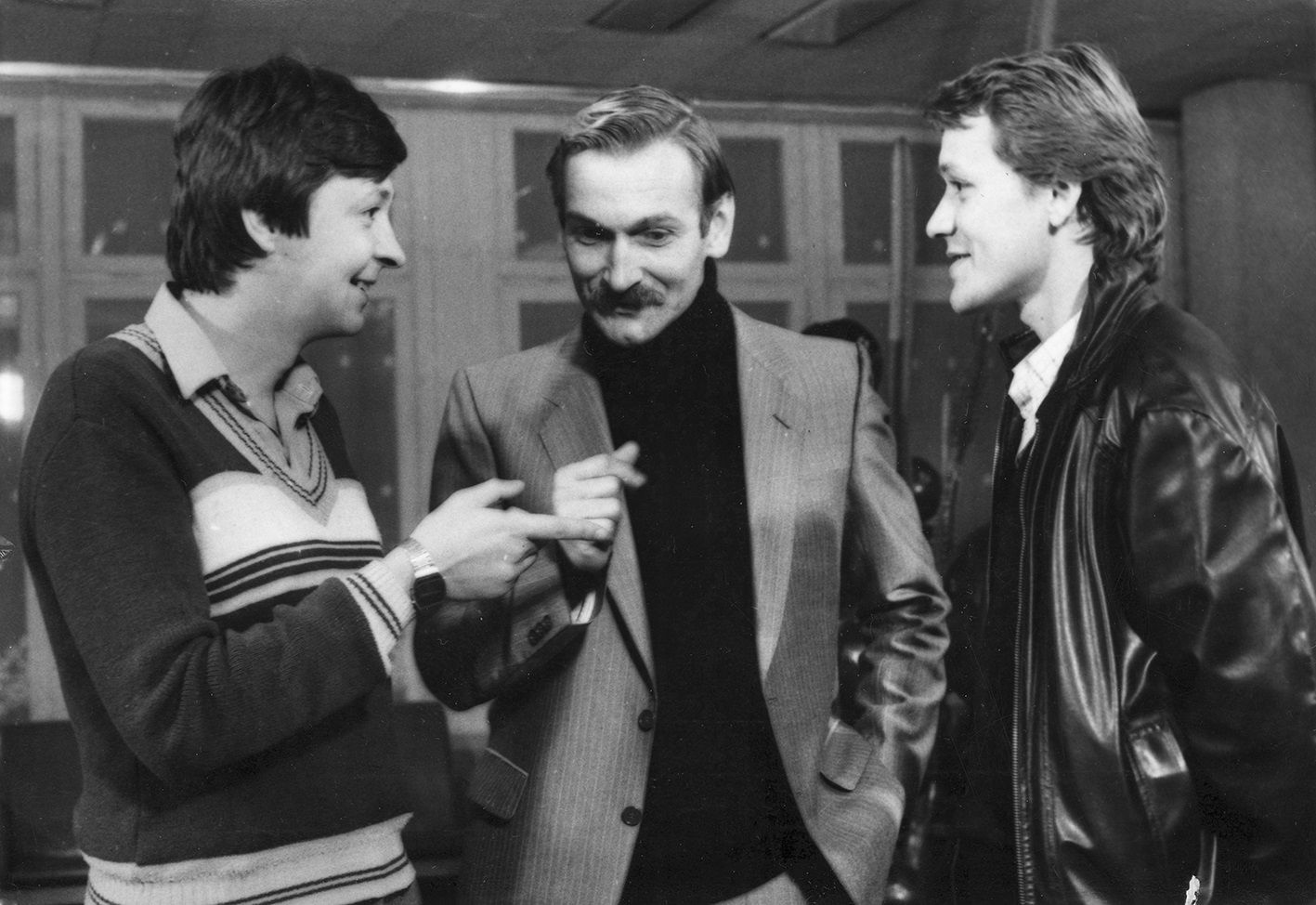
The first Molodist was in some ways similar to the first Cannes Film Festival. The latter usually shows films made the same year or previous year, but there are exceptions. The first Cannes Film Festival was held in 1946 and screened films shot during the Second World War. The first Molodist showed films shot in 1965 to 1970 by students of the Faculty of Cinematography.
Initially, Molodist interested a very narrow circle of professional viewers. Short notes were published in the periodicals ‘Kultura i Zhyttia’ (Culture and Life), ‘Na Ekranakh Ukrainy’ (On the Screens of Ukraine), ‘Novyny Kinoekranu" (News of the Cinema Screen). This is despite the fact that the festival screened regional blockbusters. In 1971, the audience saw ‘Zakhar Berkut’ by Leonid Osyka and ‘Olesia’ by Borys Ivchenko - great costume dramas based on recognized classic literature (novels by Ivan Franko and Oleksandr Kuprin, respectively).
To somehow change this situation, in the mid-1970s, Molodist began traveling around the cities of Ukraine (Pavlograd, Kryvyi Rih) and engaged in its program works of students from other Soviet republics. The results of the expansion are evidenced by the names of the winners of the festival in the 1970s: Volodymyr Bortko, Alla Surykova, Vadym Abdrashytov, Mykhailo Illienko. Impressive, isn't it?
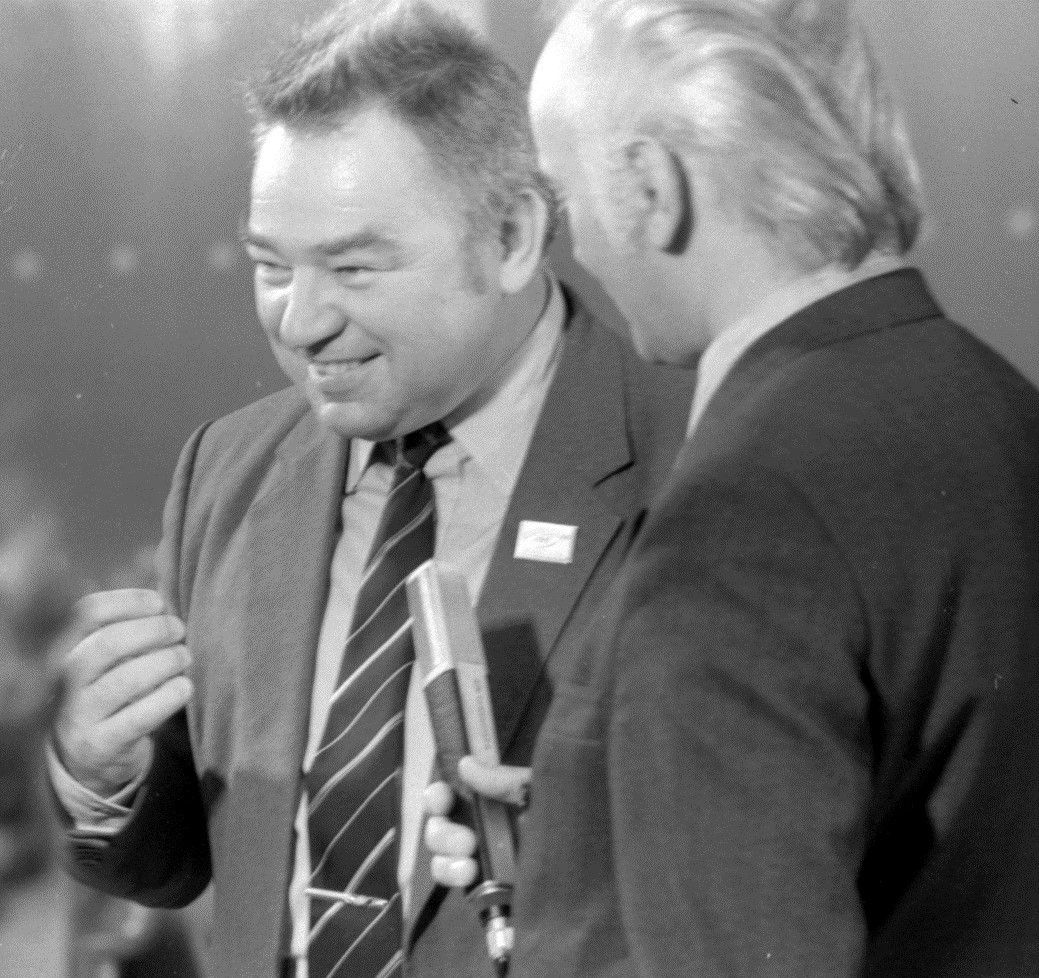
However, closer to the early 1980s, this artistic impulse gradually faded. The era, popularly known as ‘zastii’ (stagnation), reached its peak. Filmmakers awarded at Molodist rarely shot more than two films. They did not manage to get a toehold in the hierarchy of republican cinema. The names of Tetiana Skabard, Andrii Prachenko, or Ada Kviraia can be found only on the pages of specialized scientific journals.
Evidence of the changes brought by the perestroika was that in 1986, Yuri Mamin – director, who perhaps embodied the spirit of ‘perestroika’ at the time – was awarded the main prize of Molodist. For what it is worth his picture ‘Bakenbardy’, where the totalitarian regime in a certain separate city is established by supporters of Pushkin.
At that time, Molodist was finally entering the international arena. The festival began to screen the films of debutants from countries outside the USSR (even if it was only Poland and the German Democratic Republic) and foreign students of the Karpenko-Kary University.
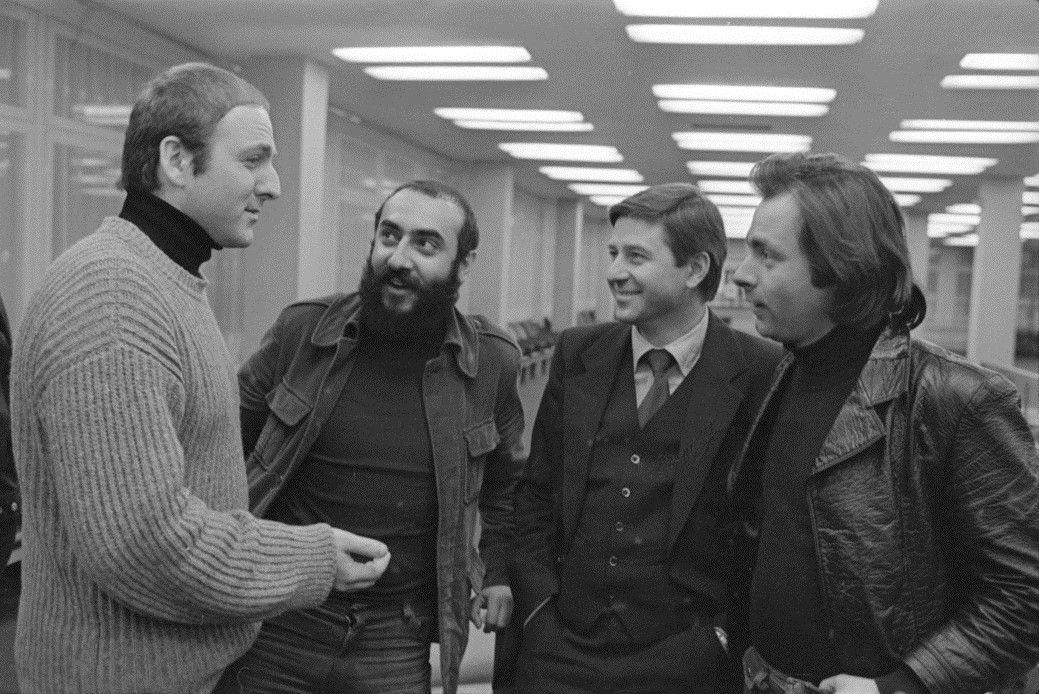
In the meantime, the Union of Young Cinematographers of Ukraine (UYCU) was formed at the Filmmakers Union of Ukraine. It would organize the festival in times of transition, which were difficult no doubt. In 1991, it was impossible to award cash prizes, and the following year, 1992, the festival did not take place. However, thanks to the efforts of the UYCU, a movie directory was published for each Molodist, which has already become a tradition (this practice began in 1989). In addition, in 1993, following a difficult beginning of the decade, the festival was officially registered as international in the International Federation of Film Producers Associations.
The 1990s for Molodist was a period of a new team that discovered new world-class filmmakers. It was in the early 1990s that Andriy Yakovych Khalpakhchi, the current artistic director of the festival, joined the festival. As for the new directors, it is worth mentioning a few names of filmmakers who made their debut in Kyiv: Tom Tykwer, Francois Ozon, Bruno Dumont, Danny Boyle, Lucas Mudisson, Ildiko Enyedi, Jacques Audiard.
In the new millennium, Molodist was expanding significantly. Screening 150-250 movies a week became a normal practice for the festival. Among them, you can find national debuts, the number of which was growing after the 90s that were not fruitful for Ukrainian cinema. Some Ukrainian directors, who began their careers with Molodist, gained recognition at other international festivals at the beginning of the 2000s and continue to work. These are Taras Tomenko, Stepan Koval, Dmytro Sukholytkyi-Sobchuk, Ihor Strembitskyi, Maryna Vroda (the last two are laureates of the Cannes Golden Palm Branch for the best short film).
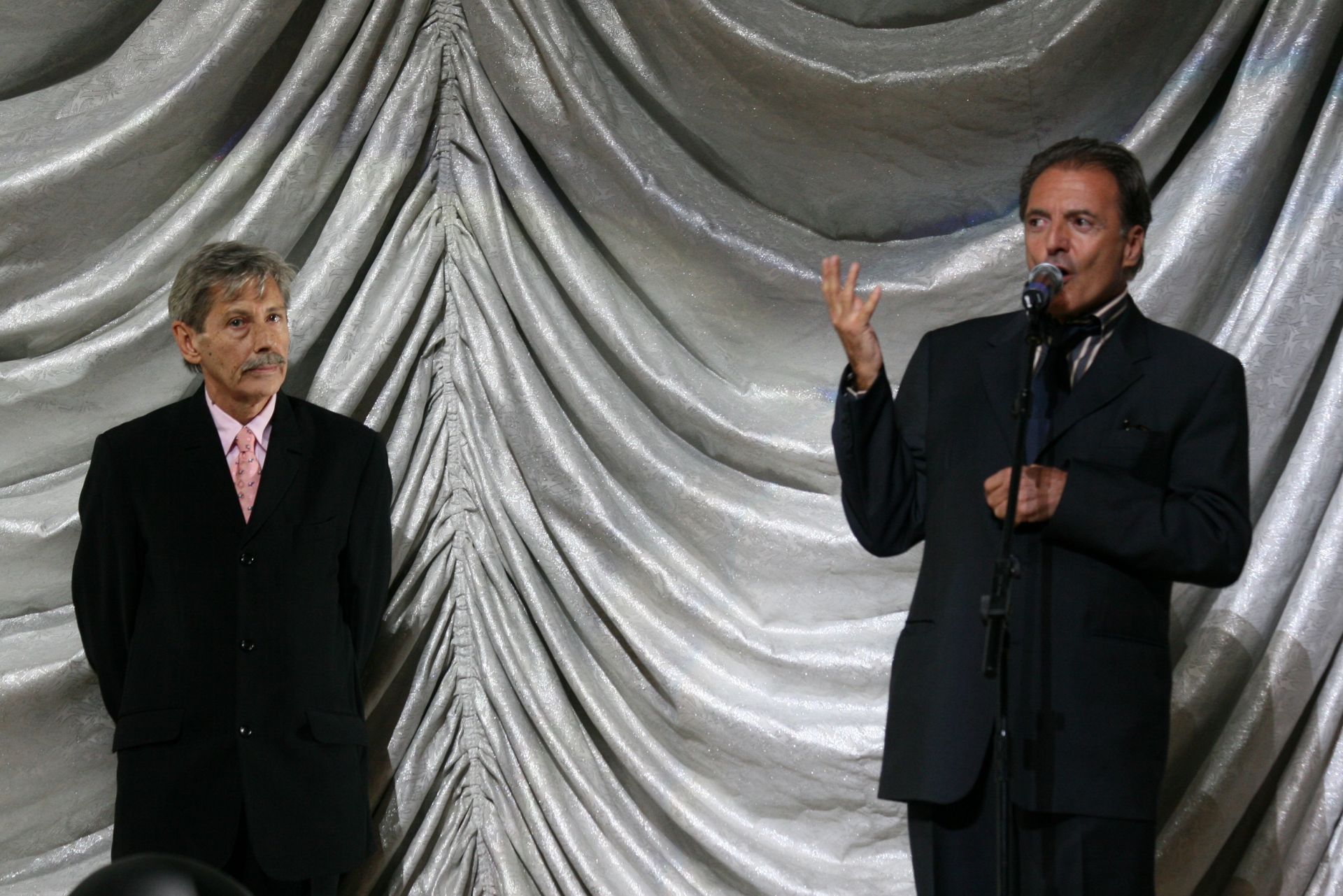
In 2010, Molodist continues to develop. Having sown its niche of the discovery of young cinematographers, the festival expanded borders. In 2010, the festival presented a program called ‘Ukrainska Panorama’ (Ukrainian Panorama), which screened films that, according to that year's catalogue, "we do not necessarily qualify... as cinema, but recognize the existence of a huge bunch of works that have no place in the program of any traditional film event." Ukrainian directors switched en masse from film to digital, so the number of films submitted to the festival has grown significantly. This evidenced a major change in film technology.
Later, the movement towards reaching new horizons only accelerated.
Molodist showed selections of works by foreign film schools, such as the Polish School of Animation; paid attention to the cinema of one country, the so-called "national focus" (in 2020 we focus on Swiss films); tested the format of a fast film shot in one day and shown here at festival locations (Fast Film Festival in 2011).
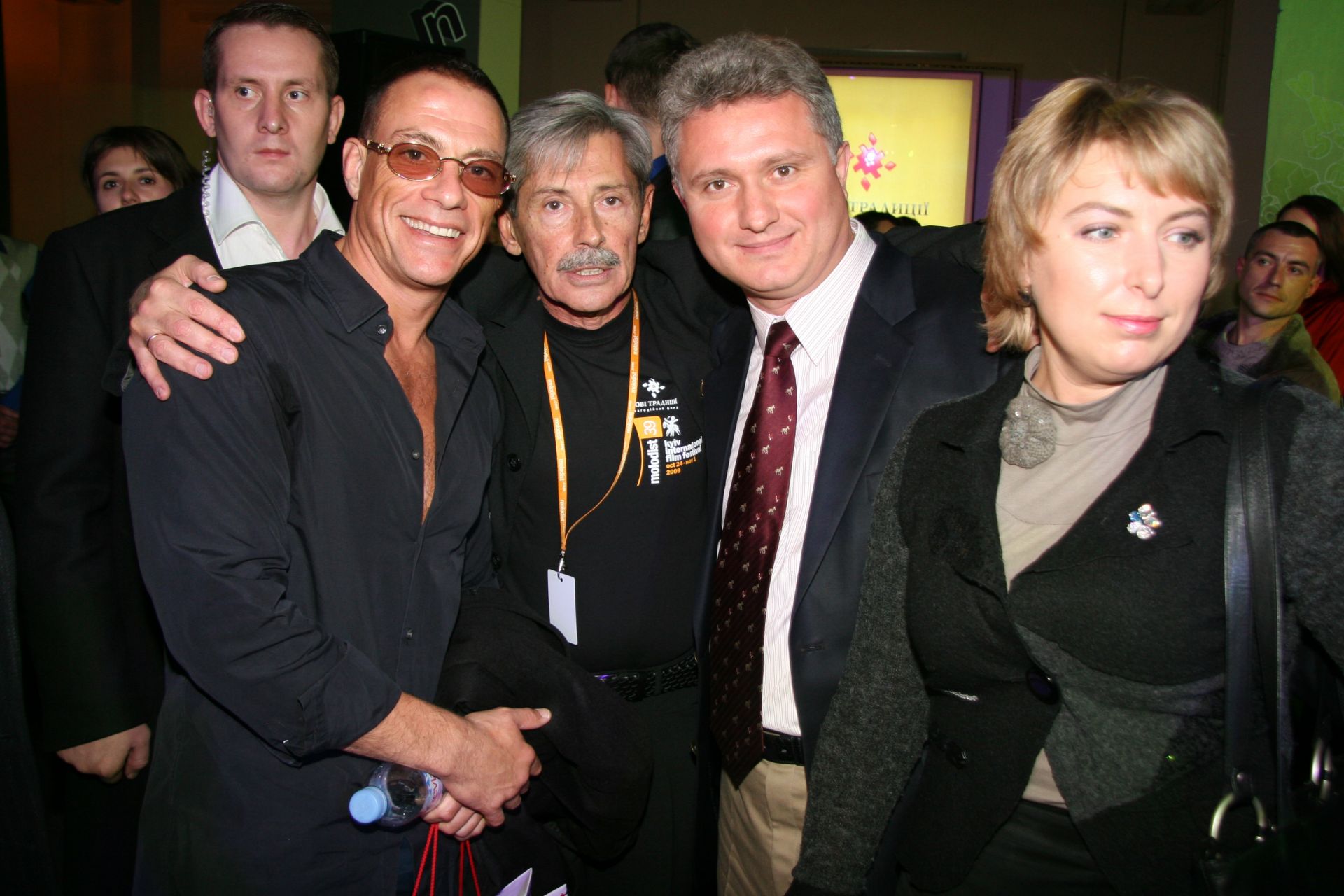
But the festival also experienced difficulties. Igor Shestopalov, program director of Molodist, says that in 2014 when public unrest and the economic crisis engulfed everyone, distributors stepped in and gave competition films for the festival for free. The budget of the film festival was several times lower than in the previous 2013. That is why such support, cherished by ten years of partnership, was extremely important.
Molodist got through the crisis year of 2014 and even found the strength to undermine the established artistic hierarchies.
In 2015, a separate program was allocated for the presentation of the Ukrainian television series. These are, in particular, ‘Pes’(Dog) and ‘Niukhach-2’ (Sniffer-2). For the majority, it is a "low" genre that has found a place on a platform that specializes in a relatively "high" independent cinema. That is the spirit of the times. In the same 2015, the series section was introduced at the Berlin Film Festival, and Molodist was approached by Ukrainian TV presenters who wanted to develop a unified platform, a unified community.
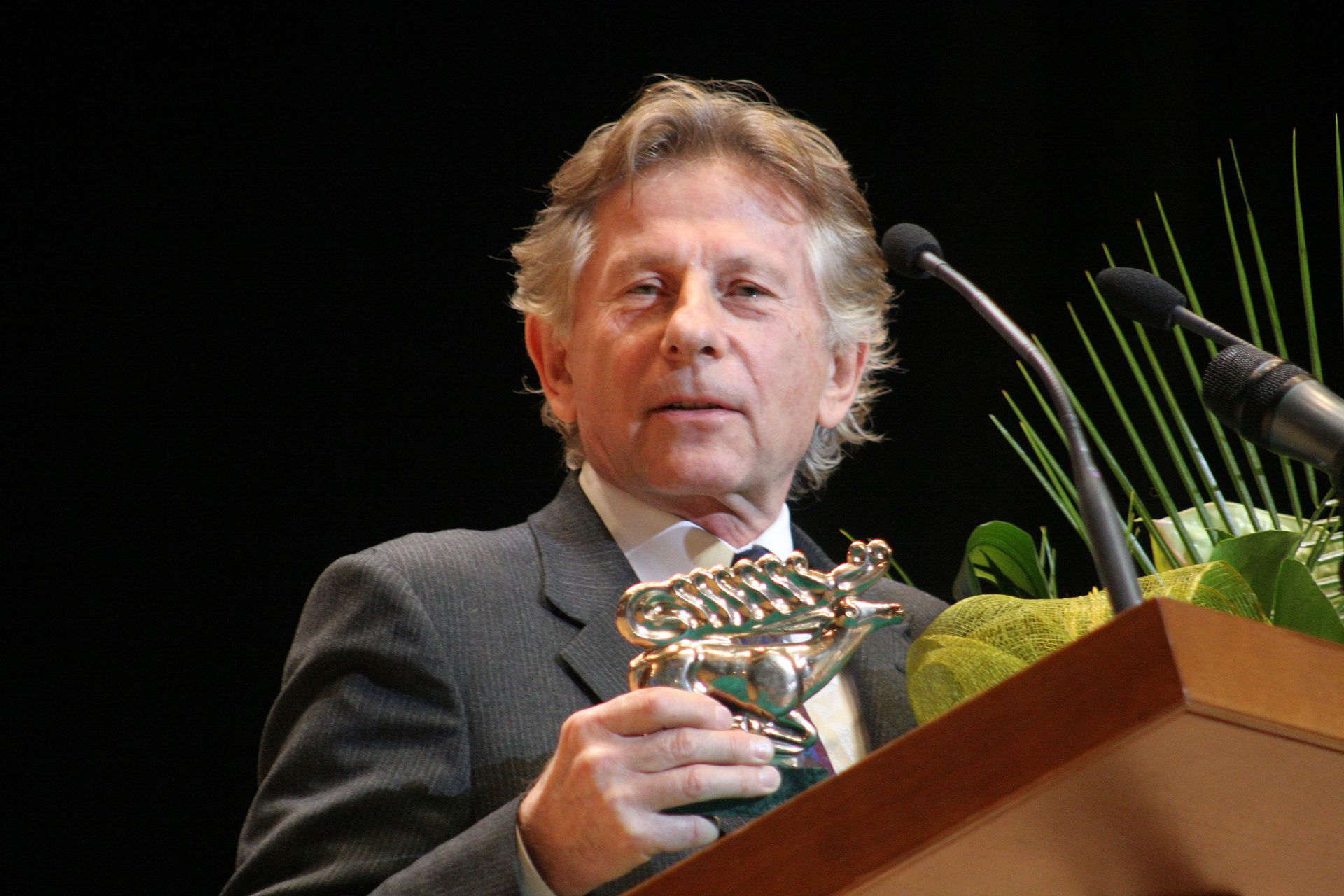
The following year, Molodist showed a selection of new horror films, a genre that is also ignored by festivals, introducing to viewers the works of Ali Abbasi and Robert Eggers. These directors are now at the forefront of independent cinema.
The biggest experiment with expanding the boundaries of art took place last year. International short film competition screened Robin Klengel's and Leonard Mullner's ‘Operation Jane Walk’ - an urban walk through a virtual Manhattan, played in the multiplayer shooter Tom Clancy's: The Division
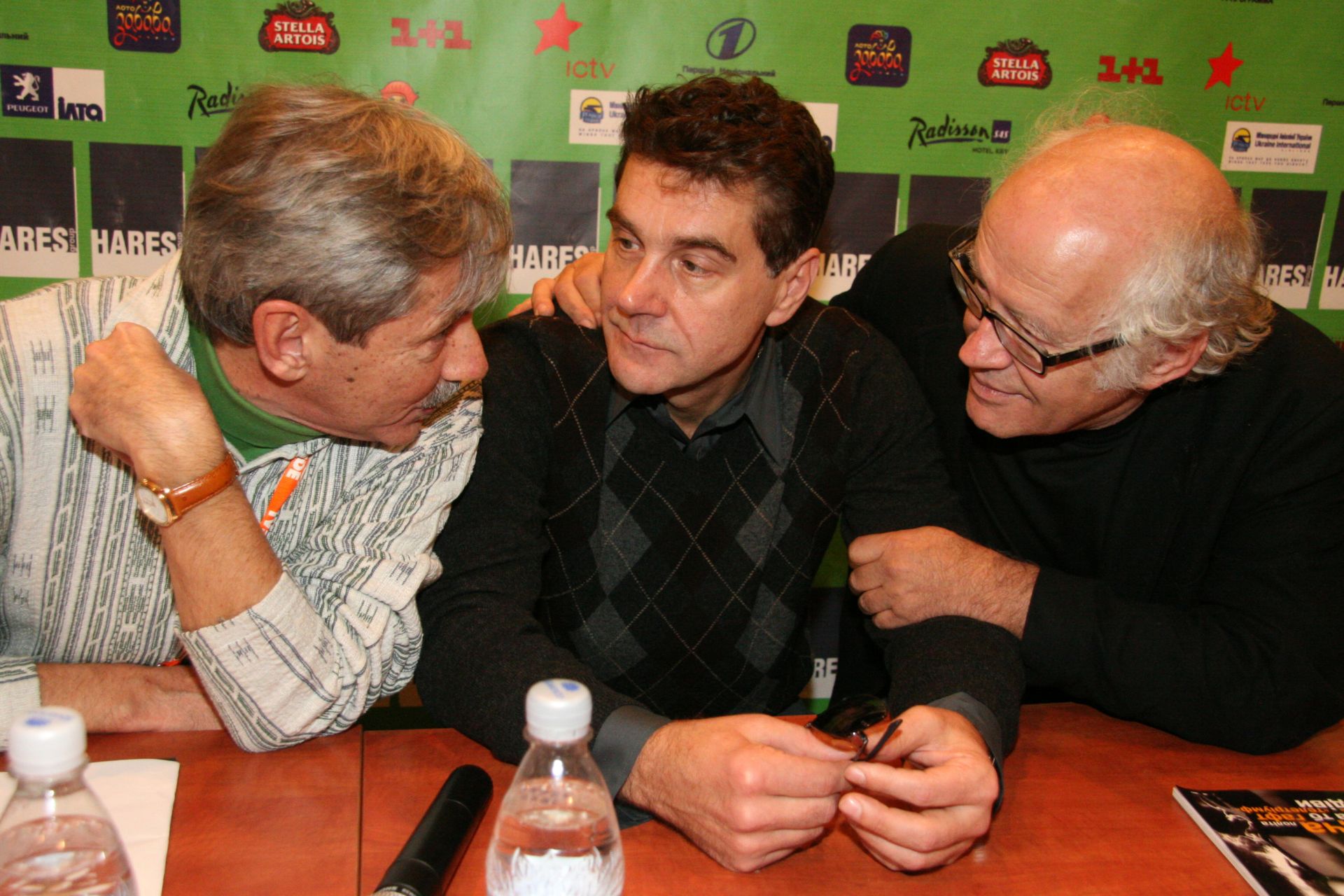
And, of course, Molodist continues to discover young Ukrainian directors. The new generation of the 2010s, if it can be called so, is ironic artists with a sense of vivid dialogues. These are Filip Sotnychenko, Myroslav Slaboshpytskyi, Kateryna Hornostai, Mykyta Lyskov, Iryna Tsilyk (winner of the Sundance Film Festival), Antonio Lukich, Pavlo Ostrikov (both appeared at the festival as participants in the program from the NGO ‘Suchasne Ukrainske Kino’ (Modern Ukrainian Cineme)), Marysia Nikitiuk, Arkadii Nepytaliuk, Tonia Noiabriova. This is not an exhaustive list of those, whose works one should follow. This is only a few most prominent directors who have either released their feature film in Ukrainian cinemas (the most recent example is Antonio Lukich's ‘Moi Dumky Tykhi’ (My Thoughts are Quiet)) or are preparing their feature film debut (like Kateryna Hornostai with her ‘Stop-Zemlia’ (Stop-Earth)).
But this is a matter of the film decade of the 20s, in which we enter together with Molodist at the end of August.

